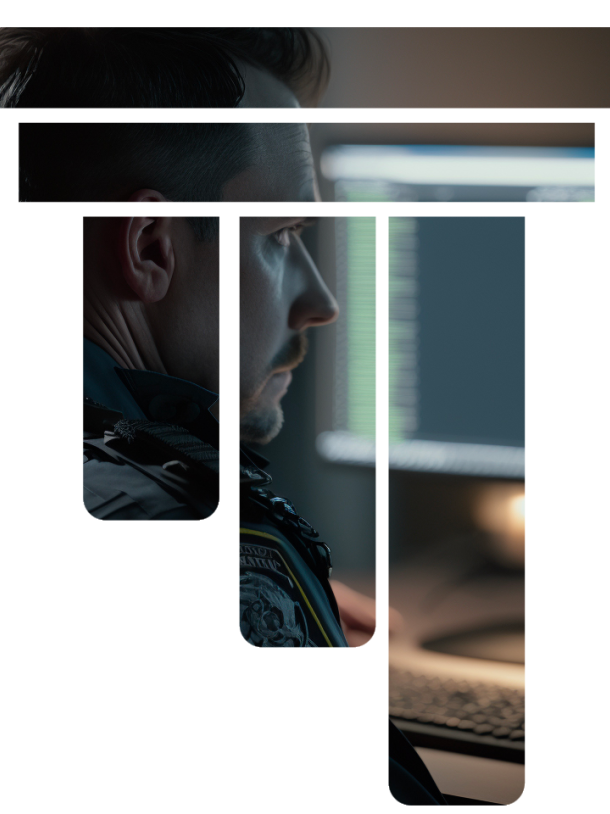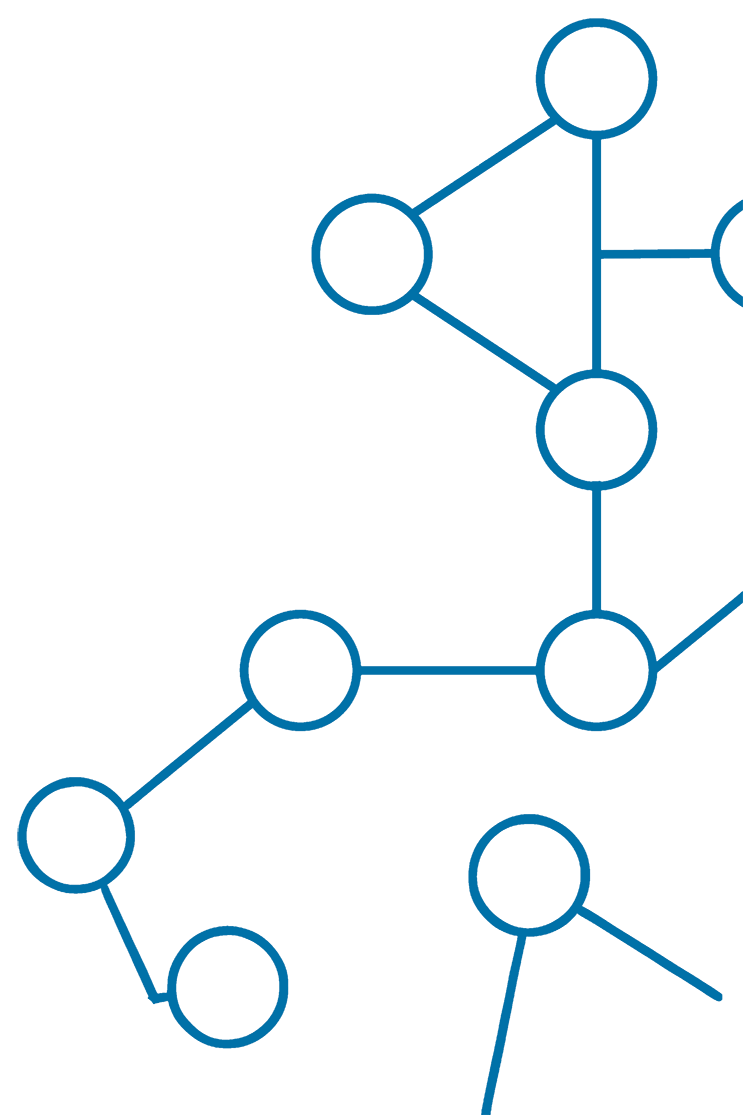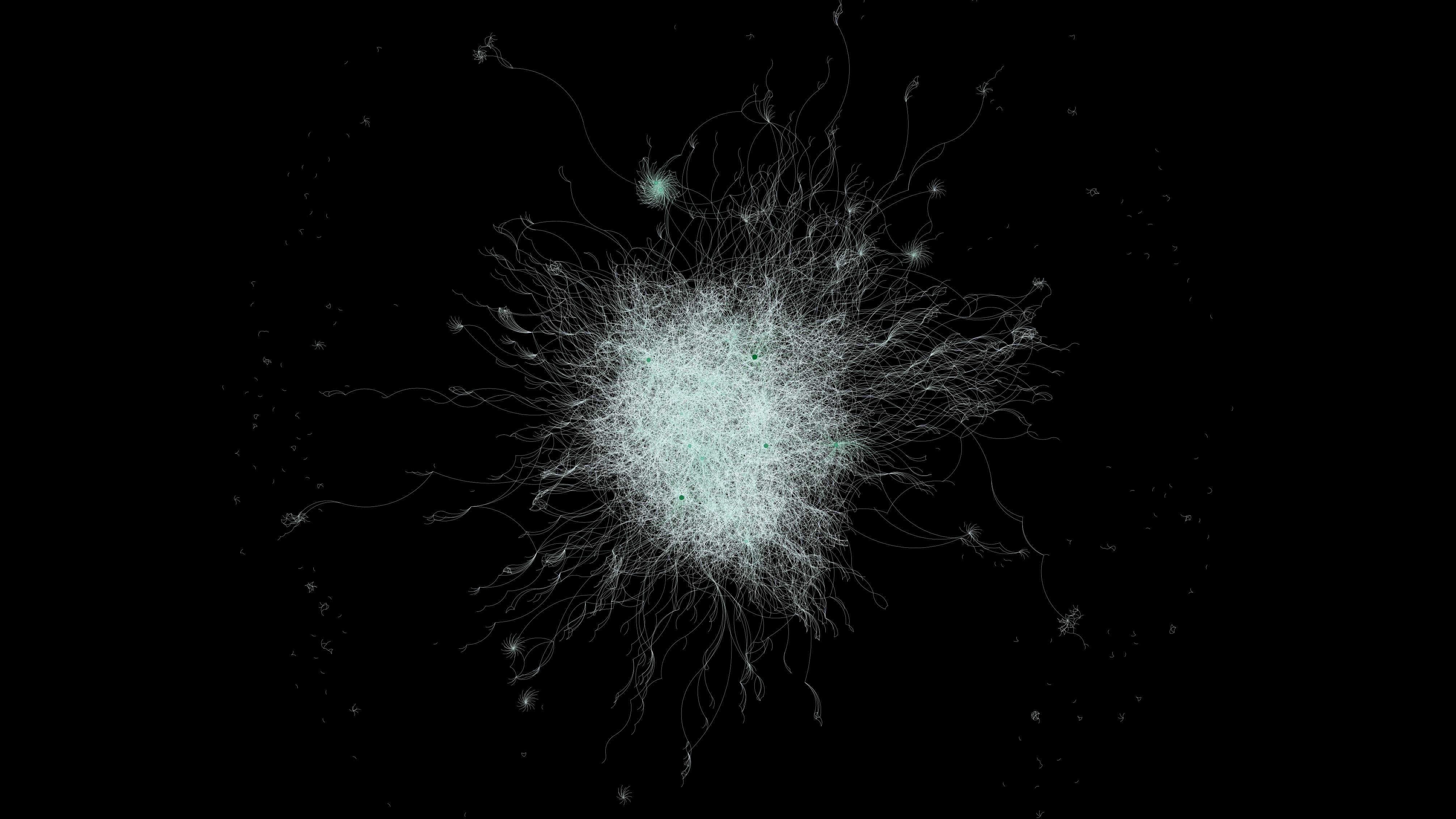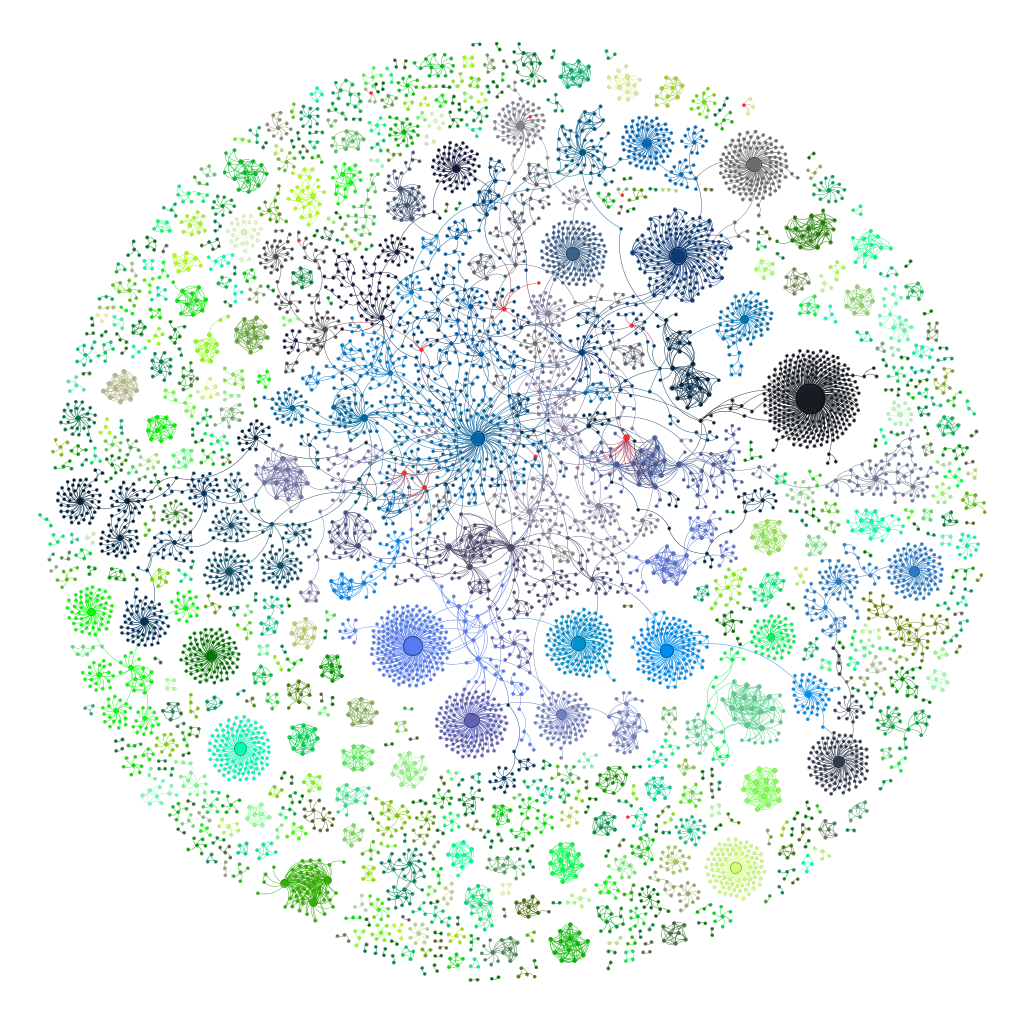
SNA Methodology
At its core, RITHMS platform is based on Social Network Analysis (SNA). SNA methodology allows for the mapping and analysis of social connections between individuals and groups of individuals by leveraging graph theory. In literature, SNA is defined as a structural approach in the field of social sciences based on the study of the interactions among social actors. The relationships considered for SNA are usually those linking individual human beings. Still, they may also involve other entities, such as objects, animals, or places, when they carry important meaning to the underlying social networks.
SNA is a valuable tool in criminal investigation, particularly in the fight against organised crime. SNA enables the identification and understanding of social networks and the connections among members of criminal organisations, shedding light on the dynamics and operations of these groups. It allows for identifying potential lines of inquiry and uncovering key actors or network vulnerabilities.
An innovative digital platform
RITHMS aims to build and validate a prototype digital intelligence resource specifically designed to investigate the illicit trafficking of cultural property. The innovative RITHMS SNA-based platform will stand out for interoperability and multifunctionality, enabling the identification, evaluation, and analysis of relationships between criminal and non-criminal actors. By outlining the networks engaged in the illicit trade of cultural property and their potential evolution, the platform will enhance the accessibility and accuracy of information available to law enforcement agencies. This advanced tool will empower authorities in their efforts to combat illegal trade and better understand the dynamics guiding such criminal groups.

Social Network Graph
(SNG)
A Social Network Graph (SNG) will visually represent the SNA conducted by the RITHMS platform following the users' inputs and queries. Within an SNG, the entities under scrutiny feature as nodes, while the connections between nodes, which represent the relationships between entities, are depicted as lines or edges. These relationships are commonly referred to as ties or links. By displaying these entities and their relationships visually, an SNG depicts the (criminal) network under investigation.
RITHMS SNA platform incorporates a comprehensive set of data collection modules to enhance the width and depth of information available to the end users.
Automation plays a key role in gathering and correlating data from various sources. That encompasses existing open-source datasets, mobile traffic data, satellite imagery analysis reports (connected to the Copernicus program), and a database powered by custom-developed scraper software designed to collect information on objects stolen, collected, auctioned or sold online. By connecting and integrating these diverse data sources, RITHMS SNA platform provides a more comprehensive understanding of cultural goods trafficking networks and dependable intelligence for the investigative work of law enforcement agencies.
Data Collection
To identify the networks that exist around the circulation of cultural goods, data needs to be collected from a wide range of sources.
Tailored web scrapers have been built to gather and pre-process relevant information from repositories of missing, stolen, protected, and unprovenanced cultural goods (Privacy & GDPR Informative). With this respect, the project has identified 14 national and international databases of such objects and an additional 14 repositories dedicated solely to WWII-looted cultural goods. Further, 9 miscellaneous sources have been found, representing provenance and case law databases, existing open datasets, and related social networks. Some of these include the Database of Stolen/Missing Art in Bosnia and Herzegovina (managed by the Center Against Trafficking in Works of Art), SURDOC (managed by the Heritage Assets Documentation Centre of Chile), War & Art and Stolen Heritage (two databases originally created and managed by the Ukrainian National Agency on Corruption Prevention), and the Iraq Museum Database (developed by the University of Chicago’s Oriental Institute). Initial scientific analysis conducted on a portion of the gathered data has returned promising results and is currently in review for publication.
Of the 47 target sources – including social media platforms and online newspapers – identified for the preliminary data collection within the research and development phase, the scrapers have overall gathered and pre-processed data representing over 2 million entities (objects, people, organisations, locations, dates) and nearly 7 GB of information.
Once the Platform is installed and launched at the respective national premises, this puts RITHMS on track to provide Law Enforcement Agencies (LEAs) with the largest known, non-police, consolidated dataset of information related to missing, stolen, protected, and unprovenanced cultural goods, to be potentially connected to their internal databases.
Further, through outreach with the managing authorities of these databases and datasets, RITHMS project has established relationships with museums, research institutions, and nonprofit organisations across Europe as well as in North and South America. The development of a network of actors committed to tackling the trafficking of cultural goods is an important aim of the project and will complement efforts to study and dismantle the illicit trade

